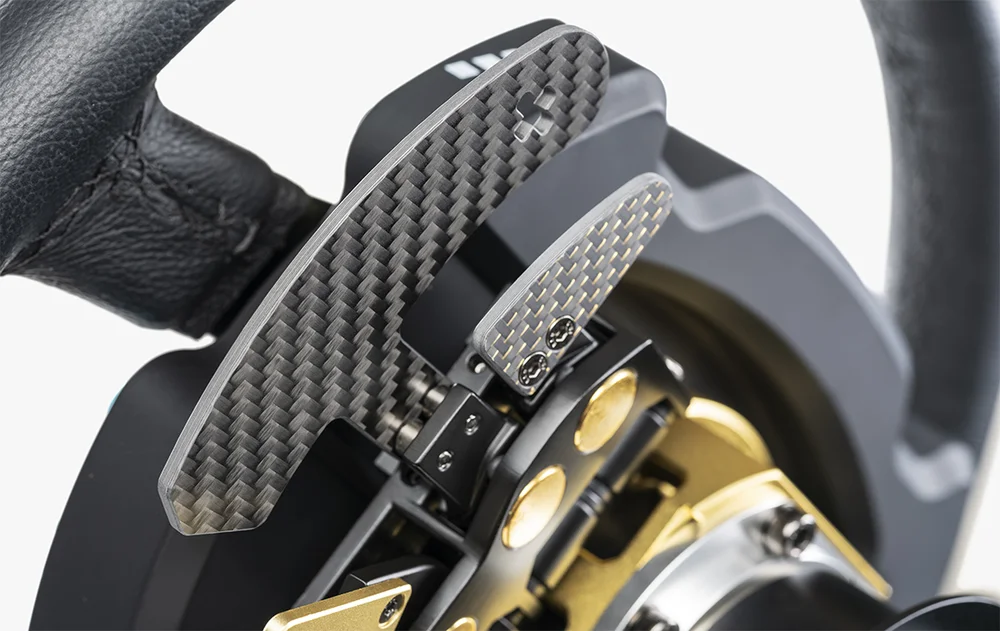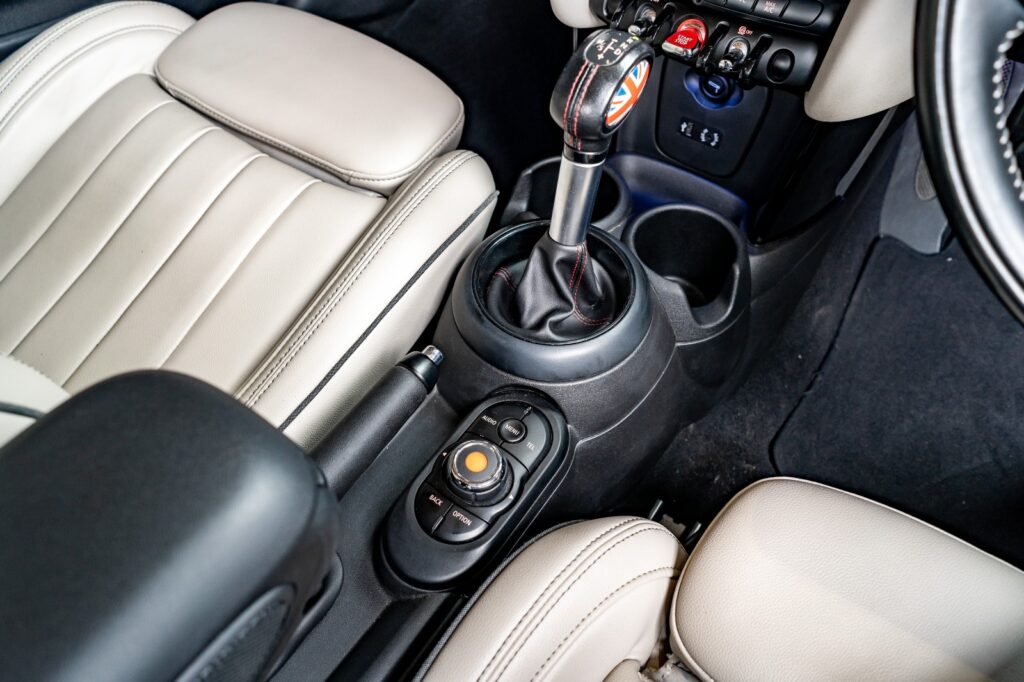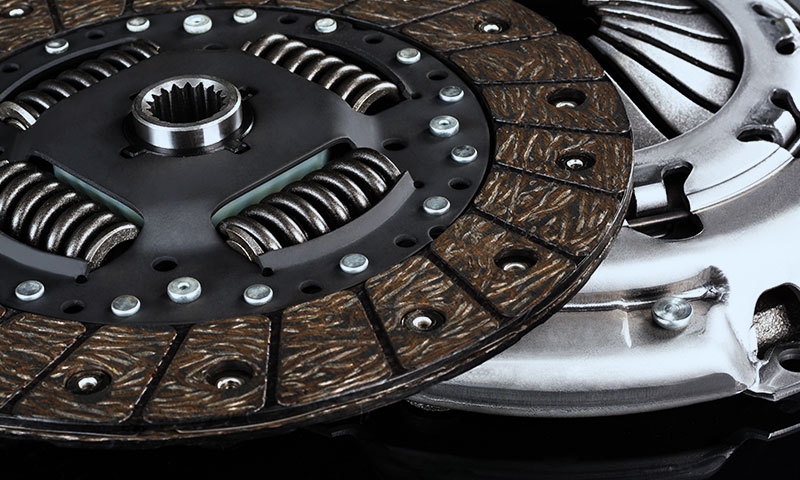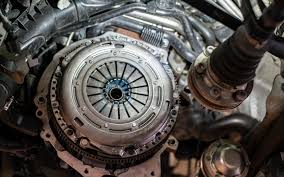📖 Table of Content:
- What is a Dual Clutch Brake Systems?
- How Does a Dual Clutch Brake System Work?
- Advantages of Dual Clutch Brake Systems
- Challenges and Limitations
- Applications in Modern Vehicles
- Key Differences: Dual Clutch vs. Single Clutch Systems
- Common Issues and Solutions
- Future Trends in Dual Clutch Brake Technology
- Conclusion
- FAQs
Dual clutch brake systems are revolutionizing modern automotive technology. Known for their seamless gear transitions and superior performance, these systems are becoming increasingly popular in high-performance and luxury vehicles. In this guide, we’ll break down how dual clutch brakes work, their advantages, limitations, and future trends.
What is a Dual Clutch Brake Systems?
A dual clutch brake system is a type of transmission that uses two separate clutches for odd and even gears. This design allows for faster and smoother gear shifts without the need for a torque converter. The system is often paired with advanced braking technology to enhance performance and safety.
Unlike traditional transmissions, dual clutch systems provide quicker gear changes and improved fuel efficiency, making them ideal for both city driving and highway cruising.
How Does a Dual Clutch Brake System Work?
Dual clutch brake systems operate using two clutches:
- Clutch 1: Controls the odd-numbered gears (1, 3, 5, etc.)
- Clutch 2: Handles the even-numbered gears (2, 4, 6, etc.)
As the vehicle accelerates, one clutch is engaged while the other pre-selects the next gear, enabling near-instantaneous shifts. The braking system complements this process by providing smooth deceleration and better control, reducing gear lag during braking.
Advantages of Dual Clutch Brake Systems
- Faster Gear Shifts: Dual clutches allow for split-second transitions between gears, resulting in a smoother driving experience.
- Improved Fuel Efficiency: Optimized power delivery reduces fuel consumption.
- Enhanced Safety: Better braking performance offers increased control, especially during emergency stops.
- Reduced Wear and Tear: Efficient shifting minimizes stress on the drivetrain, leading to longer component life.
Challenges and Limitations
While dual clutch brake systems offer numerous benefits, they also have some drawbacks:
- Higher Costs: Manufacturing and repair expenses are higher than traditional systems.
- Overheating Issues: Extended use in stop-and-go traffic can cause overheating.
- Maintenance Needs: Regular servicing is required to maintain peak performance.
Applications in Modern Vehicles
Dual clutch brake systems are commonly found in:
- Performance Cars: High-speed sports cars and luxury sedans rely on dual clutches for precision handling.
- Electric Vehicles: Many EVs use this technology to balance efficiency and performance.
- SUVs: Premium SUVs adopt dual clutch systems for smooth and reliable performance.
Popular car manufacturers incorporating this technology include Audi, Porsche, Volkswagen, and Hyundai.
Key Differences: Dual Clutch vs. Single Clutch Systems
| Feature | Dual Clutch | Single Clutch |
|---|---|---|
| Gear Shift Speed | Faster and smoother | Slower and less seamless |
| Fuel Efficiency | Higher due to optimized shifts | Lower due to gear lag |
| Maintenance Complexity | Requires specialized servicing | Easier to repair |
| Driving Experience | Sportier and responsive | Basic and less dynamic |
Common Issues and Solutions
- Overheating: Avoid excessive use in stop-and-go traffic. Install additional cooling systems if necessary.
- Maintenance Costs: Regularly service the system to prevent expensive repairs.
- Software Glitches: Keep the transmission software updated for smooth operation.
Future Trends in Dual Clutch Brake Technology
The automotive industry is continuously improving dual clutch brake systems. Future developments aim to:
- Reduce production costs, making the technology accessible to more vehicles.
- Improve heat management to prevent overheating.
- Integrate with hybrid and electric drivetrains for enhanced performance.
Conclusion
Dual clutch brake systems represent a leap forward in automotive performance and efficiency. While they come with higher costs and maintenance requirements, their benefits in speed, fuel economy, and safety make them an attractive option for modern vehicles. As technology evolves, dual clutch systems are expected to become even more advanced, cementing their place in the future of transportation.
FAQs
1. What makes dual clutch brakes better than traditional systems?
Dual clutch brakes provide faster gear shifts, better fuel efficiency, and smoother driving performance compared to traditional systems.
2. Are dual-clutch systems suitable for all types of driving?
Yes, they perform well in both city traffic and highway driving, although they are particularly favored in sports and luxury vehicles.
3. How can I maintain a dual clutch brake system?
Regular maintenance, including fluid changes and software updates, is essential to keep the system functioning properly.




